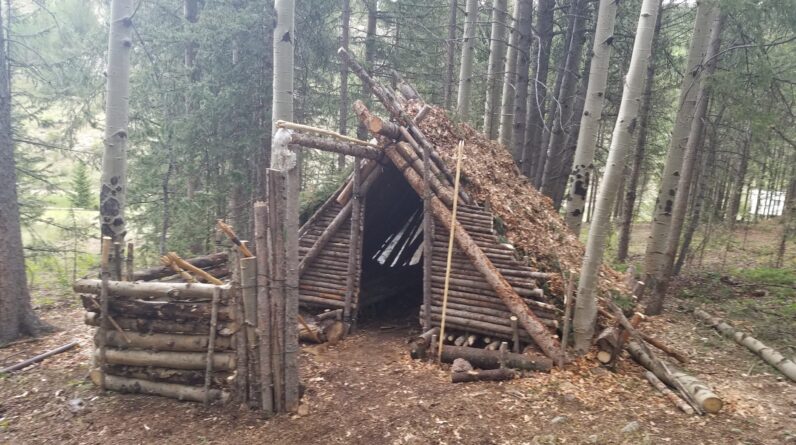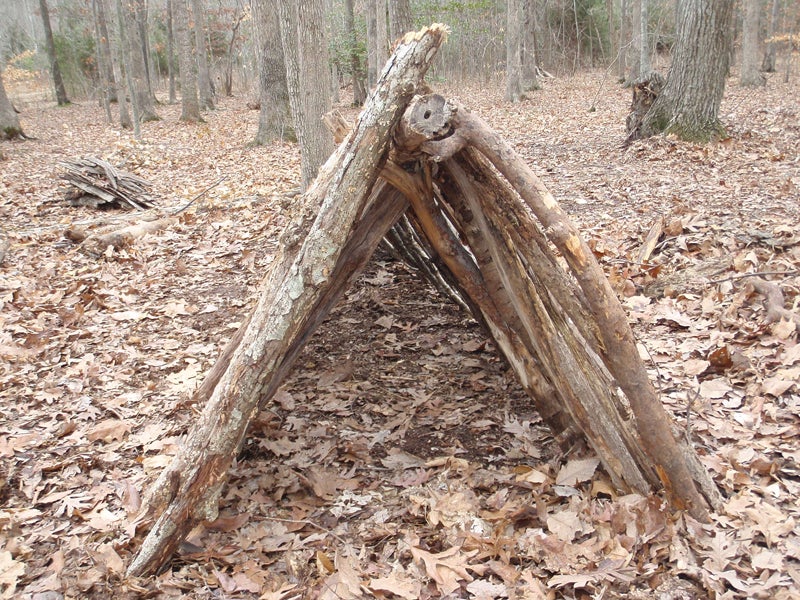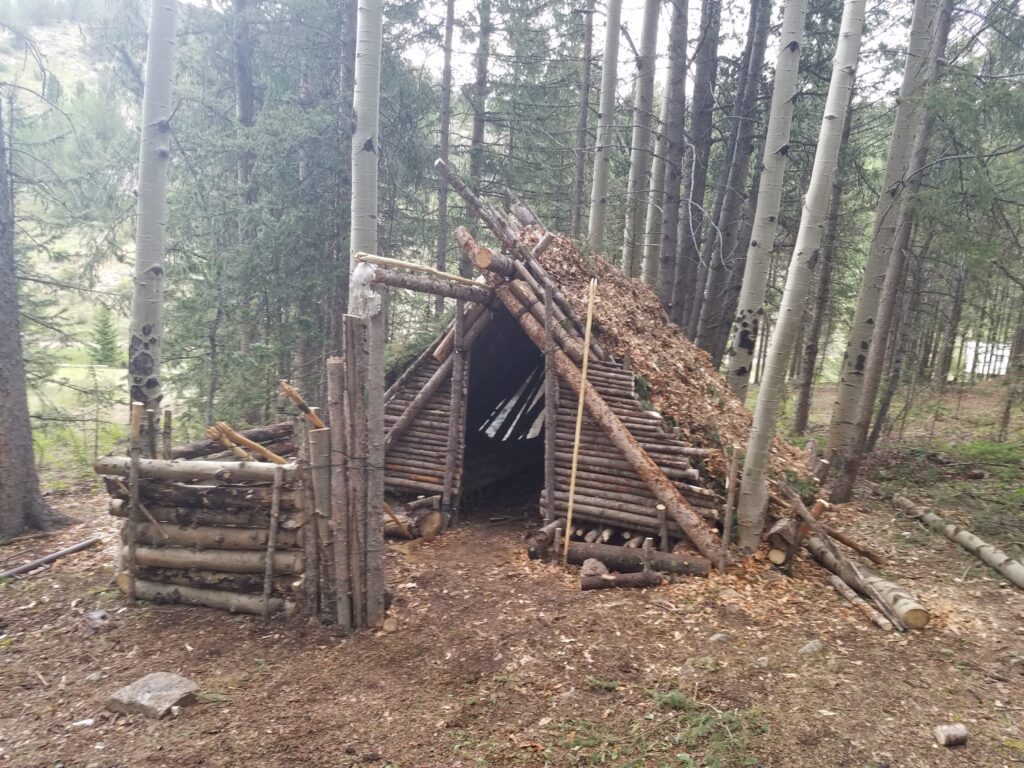
Top 10 Survival Shelters for Extreme Weather
Welcome to this informative post on the top 10 survival shelters for extreme weather. When faced with harsh conditions, having a reliable shelter can mean the difference between life and death. In this article, we will explore the importance of survival shelters and provide an overview of the various extreme weather conditions you may encounter.
Importance of survival shelters
No matter the season or your location, having a sturdy and well-equipped shelter should be a top priority. Survival shelters provide protection from extreme elements like hurricanes, blizzards, or heat waves. They not only shield you from the harsh weather but also offer a sense of security and peace of mind.
Overview of extreme weather conditions
Extreme weather conditions can be unpredictable and dangerous. They include heavy rainstorms, snowstorms, scorching heat waves, and powerful hurricanes or tornadoes. Each type of extreme weather requires a different kind of shelter that can withstand the specific challenges it presents.
In the following sections, we will explore the top 10 survival shelters for extreme weather. From underground bunkers to portable tents and insulated cabins, we will provide detailed information on each shelter’s features, benefits, and limitations.
Remember, when it comes to surviving extreme weather, being prepared is essential. Let’s dive in and discover the best survival shelters for your needs.
1. Underground Survival Shelters
When it comes to extreme weather conditions, underground survival shelters are a popular choice for providing unparalleled protection and security. These shelters offer numerous advantages that make them an ideal option for weathering any storm.
Advantages of underground shelters
One of the key advantages of underground shelters is their ability to provide a stable and secure environment. By being buried beneath the ground, they are naturally shielded from high winds, flying debris, and heavy rains. Additionally, these shelters offer excellent insulation, keeping occupants safe from extreme temperatures and reducing the need for additional heating or cooling.
Construction materials and techniques
Underground shelters can be constructed using a variety of materials, such as concrete, steel, or fiberglass. The chosen material should possess qualities such as durability, resistance to corrosion, and structural integrity. Furthermore, different construction techniques, such as reinforced walls and waterproofing, can enhance the overall strength and longevity of the shelter.
Design Considerations for extreme weather
When designing an underground shelter for extreme weather, certain factors should be taken into account. These include proper ventilation to ensure a constant supply of fresh air, strategic placement of emergency exits for easy evacuation, and the installation of robust doors and windows to withstand external forces.
Case studies of successful underground shelters
Numerous case studies highlight the effectiveness of underground shelters during extreme weather events. From tornadoes to hurricanes, these shelters have proven to be a reliable defense mechanism, saving lives and reducing injuries.
underground survival shelters are an excellent choice for those seeking protection from extreme weather conditions. Their inherent advantages, construction materials and techniques, design considerations, and proven success make them a top contender in the realm of survival shelters. Stay safe and prepared by considering an underground shelter for all your extreme weather needs.

2. Above-Ground Survival Shelters
When it comes to extreme weather conditions, above-ground survival shelters can provide you with the protection and safety you need. These shelters are designed to withstand harsh environments and keep you safe from the elements. In this section, we will explore the different types of above-ground shelters, their features and benefits, considerations for location and placement, and provide examples of effective shelters.
Types of above-ground shelters
-
Shipping Container Shelters: These shelters are made from repurposed shipping containers and offer excellent durability. They are resistant to wind, rain, and even fire, making them an ideal option for extreme weather conditions.
-
Dome Shelters: Dome shelters are constructed with a geodesic design, providing strength and stability. They have a wide interior space and can withstand heavy snow loads, high winds, and extreme temperatures.
Features and benefits of each type
- Shipping container shelters offer easy customization options and can be modified to include insulation and ventilation systems.
- Dome shelters are quick to assemble and disassemble, making them ideal for emergency situations.
Considerations for location and placement
When choosing the location and placement for your above-ground shelter, consider factors such as the terrain, accessibility, and proximity to resources like water and food.
Examples of effective above-ground shelters
Some renowned above-ground shelters include the Survival Condo, which is a converted missile silo that offers luxurious amenities and protection, and the Arctic Oven Tent, which is specifically designed for extremely cold weather conditions with excellent insulation and wind resistance.
Whether you opt for a shipping container shelter or a dome shelter, above-ground survival shelters are a reliable and practical choice to keep you safe during extreme weather conditions.
Portable Survival Shelters
When it comes to survival shelters for extreme weather, portability is a highly advantageous feature to consider. In this section, we will delve into the advantages of portable shelters, explore the different types available, highlight the criteria for choosing the right one, and showcase some successful case studies.
Advantages of Portability
The ability to have a shelter that you can easily carry with you is a game-changer in extreme weather situations. Portable shelters provide flexibility and mobility, allowing you to quickly move to safer locations if needed. Whether you’re facing a sudden blizzard or a raging storm, having a portable shelter ensures you have a reliable refuge wherever you go.
Different Types of Portable Shelters
There are various types of portable survival shelters to choose from. These include lightweight tents, inflatable shelters, collapsible cabin kits, and even wearable shelters like survival ponchos. Each type offers its own unique advantages and features, providing you with options based on your specific needs and preferences.
Criteria for Selecting the Right Portable Shelter
When selecting a portable shelter, it is essential to consider factors such as durability, size, weight, ease of set up, and weather resistance. A reliable shelter should be able to withstand harsh conditions while being easily transportable. Additionally, it should provide adequate space to accommodate you and your supplies comfortably.
Case Studies of Successful Portable Shelters
Throughout history, there have been numerous successful cases where portable shelters have proved their worth in extreme weather conditions. From expeditions to emergency situations, these shelters have played a crucial role in saving lives and providing essential protection. By examining these case studies, you can gain valuable insights into the effectiveness and reliability of different portable shelters.
portable survival shelters offer exceptional advantages in extreme weather scenarios. With various types to choose from and key criteria to consider, finding the right portable shelter can make a significant difference in your survival and safety. By looking at successful case studies, you can gain inspiration and guidance for selecting the most suitable shelter for your needs. Stay prepared and stay safe!

4. Natural Material Shelters
When it comes to surviving extreme weather, sometimes the best approach is to work with the environment around you. Natural material shelters are a prime example of using the resources available to create a safe haven during challenging conditions.
Utilizing natural resources for shelter construction
In this type of shelter, you use what nature offers, such as branches, leaves, and rocks, to create a protective structure. By integrating these materials, you ensure greater insulation and stability against strong winds or heavy rain. The key is to make the most out of the surrounding landscape.
Types of natural material shelters
There are various natural material shelters you can construct, including lean-tos, debris huts, and snow caves. Lean-tos are made by leaning branches against a support, offering a simple yet effective solution. Debris huts are built by layering branches, leaves, and other natural materials to create an insulated dome. Lastly, in snowy conditions, snow caves can provide excellent insulation by digging into the snow and creating a small cave-like structure.
Pros and cons of natural material shelters
One of the biggest advantages of natural material shelters is their accessibility and affordability. Since the materials are readily available in the environment, you don’t need to carry much with you. However, the downside is that they require knowledge and skills to build properly. Without proper construction techniques, they may collapse or not provide adequate protection.
Examples of innovative natural material shelters
Innovative minds have pushed the boundaries of natural material shelters. Some examples include living roofs, where vegetation is grown on top of the shelter to enhance thermal insulation, and treehouses that offer both protection and a higher vantage point. These creative adaptations demonstrate the endless possibilities when working with natural resources.
By utilizing the materials found in your surroundings, natural material shelters can be a practical and efficient solution during extreme weather scenarios. Whether it’s taking advantage of fallen branches or digging into the snow, these shelters prove that nature can provide the answers to survival.
5. Emergency Structures for Extreme Weather
When faced with extreme weather conditions, it is crucial to have a dependable survival shelter. Emergency structures serve as temporary solutions to protect you from the elements and are designed to withstand the harshest environments. In this section, we will discuss the different aspects of emergency shelters for extreme weather.
Temporary emergency shelters
Temporary emergency shelters are specifically designed for quick deployment and can be easily assembled and disassembled as needed. They often come in the form of lightweight tents or mobile pods. These shelters prioritize portability and efficiency, ensuring that you can quickly find refuge in dire situations. They are typically made from durable materials such as reinforced fabric or sturdy plastic, offering excellent resistance against high winds, heavy rainfall, and extreme temperatures.
Design and construction considerations
Design and construction considerations play a crucial role in the effectiveness of emergency shelters for extreme weather. Factors such as wind load, snow load, and thermal insulation are carefully taken into account during the design process. Robust structural elements, like reinforced frames and secure anchor systems, guarantee stability and durability. Additionally, some shelters come equipped with heating or cooling systems to regulate internal temperatures.
Emergency shelter programs and initiatives
Various organizations and government agencies have implemented emergency shelter programs and initiatives worldwide. These programs aim to provide accessible and effective shelter solutions for people facing extreme weather conditions. They often collaborate with architects, engineers, and relief organizations to develop innovative designs that meet the specific needs of affected communities.
Success stories of emergency structures
Over the years, emergency structures have proven their worth in numerous incidents. From hurricanes to earthquakes and wildfires, these shelters have offered a safe haven for individuals and families. Their reliable construction has saved countless lives and provided comfort during some of the most challenging circumstances.
Emergency structures are constantly evolving to better withstand extreme weather events. With ongoing research and advancements in technology, these shelters continue to improve, offering hope and protection to those facing nature’s wrath.

6. Technology-Based Survival Shelters
As technology continues to advance, it is unsurprising that it has found its way into the design and construction of survival shelters for extreme weather conditions. The incorporation of technology in shelter design has revolutionized the way we approach resilience in harsh environments.
Incorporating technology in shelter design
The integration of technology in survival shelters has allowed for innovative features that enhance safety and comfort. For instance, shelters equipped with solar panels can generate electricity for lighting and charging electronic devices. Additionally, the use of smart sensors can provide real-time monitoring of weather conditions and alert you to potential dangers.
Examples of technology-based shelters
Some technology-based survival shelters have taken innovation to the next level. Portable inflatable pods, equipped with air filtration systems, can provide a safe haven in contaminated environments. Self-heating shelters employ efficient insulation materials and built-in heating systems to keep you warm in freezing temperatures. These shelters also typically come with durable materials capable of withstanding extreme weather conditions, including heavy winds and torrential rains.
Advancements in shelter technology
Technological advancements have greatly improved the resilience of survival shelters. Lightweight materials with high tensile strength offer durability while remaining easily portable. Coupled with efficient assembly mechanisms, technology-based shelters can be quickly deployed during emergencies. Furthermore, the development of advanced waterproofing materials ensures that these shelters are capable of withstanding even the harshest downpours.
Impact of technology on shelter resilience
The incorporation of technology has significantly increased the resilience of survival shelters. By offering amenities such as electricity, air filtration, and insulation, technology-based shelters not only provide protection from extreme weather conditions but also improve overall well-being. These advancements have revolutionized the way we approach survival in extreme environments, providing safer and more comfortable solutions for those facing extreme weather challenges.

Conclusion
When it comes to extreme weather conditions, having a reliable survival shelter is crucial for your safety and well-being. Throughout this article, we have discussed the top ten survival shelters available for such situations, each with its own unique features and benefits.
Importance of choosing the right survival shelter
The right shelter can make all the difference in your ability to withstand extreme weather. From sturdy bunkers designed to withstand tornadoes to insulated yurts for colder climates, there is a shelter for every weather condition. It is essential to consider factors such as durability, insulation, ventilation, and ease of assembly when making your selection. Remember, your survival may depend on it.
Considerations for specific weather conditions
Different weather conditions require different types of shelters. In areas prone to hurricanes, shelters with reinforced walls and roofs to withstand strong winds are essential. For icy and snowy conditions, shelters with proper insulation and heating options can help keep you warm. It’s important to assess the specific weather challenges you may face and choose a shelter that can effectively protect you.
Future Trends in survival shelter development
As technology progresses, survival shelter design and features continue to evolve. Green energy solutions, such as solar panels and rainwater collection systems, are becoming more prevalent. Some shelters even incorporate smart technology for improved monitoring and communication capabilities. By staying informed about the latest developments, you can better prepare for the future.
In conclusion, investing in a reliable and suitable survival shelter is a smart decision for those living in areas prone to extreme weather conditions. It ensures your safety and provides peace of mind knowing you have a secure place to seek refuge when the elements become hostile.








